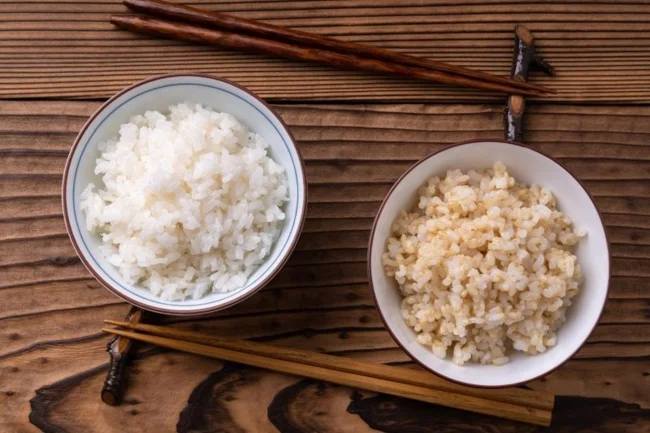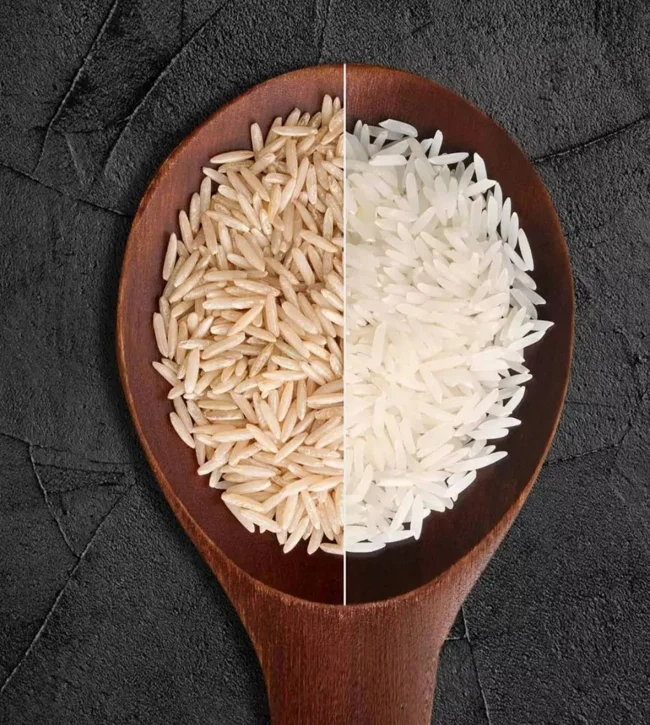Scientists Have Discovered a Toxic Substance Linked to Cancer and Autism in Brown Rice (5 pics)
If you think you're being health conscious when you buy brown rice instead of white, you're wrong. Researchers have found that brown rice contains 15% more arsenic, a toxic substance linked to cancer and brain damage. 
For a healthy person, this doesn't make much of a difference. However, experts from the University of Michigan have concluded that such rice can be dangerous for young children whose brains are still developing.
Children aged 6 to 24 months who eat brown rice have been found to have about twice the levels of arsenic exposure as those who eat the same amount of white rice. Potential consequences include lower IQ, poor memory, learning disabilities, autism and ADHD. 
Professor Felicia Wu said: “This is an important finding because consumers should be looking at not only nutritional value but also safety when choosing foods. Although we found that eating brown rice instead of white rice resulted in higher levels of arsenic in the body, it is unlikely to cause long-term health problems unless a person eats large amounts of brown rice every day for many years.”
Brown rice contains more arsenic than white rice because the toxic substance accumulates in the outer shell of the grain, the bran. 
Bran gives brown rice its color, but when white rice is made, it is removed during the milling process, which reduces the arsenic concentration.
Arsenic comes in two forms: inorganic (the dangerous kind - linked to cancer, developmental problems, etc.) and organic (less toxic, found in some seafood, including fish, shellfish, and seaweed).
Brown rice has a 65% inorganic arsenic concentration, while white rice has 53%. The bran has about 10 times the toxic concentration as the endosperm (the nutritious part of the grain). 
Study author Felicia Wu
The experts also found that children were getting between 0.29 and 0.59 micrograms of arsenic per kilogram of body weight from brown rice. This exceeds the safe level of 0.21 micrograms.
"Rice bran and brown rice have higher arsenic levels and inorganic arsenic concentrations than the grain endosperm or white rice," the researchers concluded. 
Compared to other crops, rice naturally absorbs more arsenic — nearly 10 times more than other grains. This is because rice grows in flooded fields, making it easier for arsenic to penetrate the grains.
Long-term exposure to inorganic arsenic can lead to poisoning, skin problems, and an increased risk of skin, bladder, and lung cancer, as well as heart disease.
Even short-term exposure to large amounts of inorganic arsenic can cause nausea, vomiting, bruising, and numbness or burning in the hands and feet.
Research shows that in the United States, approximately 500 premature deaths from cardiovascular disease and 1,000 cases of cancer each year are linked to exposure to arsenic through drinking water.


























